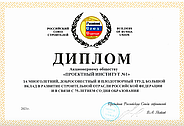- Home /
- Rafail Gershanok
Rafail Gershanok
Chief Designer, Department of Special Construction, 1973-1994.
Was hired by Project Development Institute No. 1 in 1956, and soon became a member of the Department of Special Construction, which was working on creating innovative construction parts and units. Designed a series of girder trusses, approved for mass production by the USSR Committee for Construction. Has 55 patents. Author of the books: “Ferrous Concrete Girder Trusses for Roofs of Industrial Buildings (Leningrad, Stroyizdat, 1971), and “New Directions for Improving Construction Solutions for Manufacturing, Public and Residential Buildings and Structures” (St. Petersburg, Glavpechat, 2011).
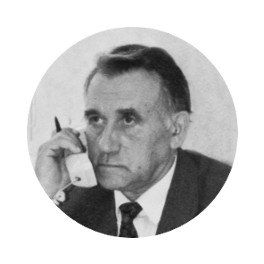
In the First Person:
I came to Project Development Institute No. 1 in 1956. Before then, after graduating from the Leningrad Institute of Railroad Engineering in 1952, I spent four years in the North, building bridges in Vorkuta and Kotlas, where I lived in train cars.
I was initially employed as a simple engineer, but was promoted to senior engineer in just four months. I was mostly involved in designing automobile tire production plants, including the largest factories of rubber and technical products of the time. Concurrently, I worked on new construction solutions, and since it was impossible to combine these activities with designing new buildings, I got transferred to the Department of Special Construction (DSC). I paid the most attention to creating and introducing a new type of roof frames – ferrous concrete girder trusses. The work on the design drawings of the girder trusses all the way through approval of these trusses as model constructions by the USSR State Committee for Construction took more than 10 years. Additionally, I developed a series of structures made of centrifuged reinforced concrete, and created a new state standard for these products, GOST 23444-79. I have a total of 55 patents. My research projects are described in detail in two of my books: “Ferrous Concrete Girder Trusses for Roofs of Industrial Buildings” (Leningrad, Stroyizdat, 1971), and “New Directions for Improving Construction Solutions for Manufacturing, Public and Residential Buildings and Structures” (St. Petersburg, Glavpechat, 2011).
I remember coming up with new ideas around the clock - during the day and at night. I am a specialist in bridge design by training, and this is where girder trusses are used. This experience gave me the idea of using them in industrial construction, to make buildings look more beautiful and be more reliable. Grand Canyon TEC, which was initially designed as a thread-and-yarn factory and then remodeled, features girder trusses of my design. Go to the top floor and look at them - they are very visible and fit well with the rest of the design. Initially, many people were opposed to these elements, but in the end their advantages were recognized and they were introduced far and wide. The Department of Standardized Design of the USSR Committee for Construction included me in the commission that went all over the USSR – Omsk, Novosibirsk, Krasnoyarsk, Murmansk and other cities – to read lectures about new design solutions, and provide technical assistance.
We had time for creative endeavors as well. I set up a drama club at the Project Development Institute. People were all quite depressed after the war, and I wanted to do something to relax them a little bit. We staged “Five Evenings” by Alexander Volodin, and he himself came to our premiere. I played the part of Ilyin, the protagonist.
As we get ready to celebrate 70 years of the Institute in 2016, I would like to remember and celebrate the lives of those who returned from the war as young lieutenants and got involved in active work to restore the country and build new enterprises. Our experts worked not only in the Soviet Union but also in China, Syria and Egypt. Unfortunately, their lives were short and the war had a detrimental effect on their health, but they were so dedicated to the work that they were doing! I spent more than 33 years working for Project Development Institute No. 1, and it was famous not only for its projects but also for its own scientific school. Older colleagues taught and instructed young employees, and that was the main reason for the Institute’s many achievements.
News
Institute projects
-
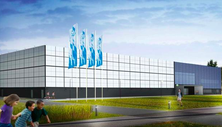
SPORT AND RECREATION CENTRE, MAYSKYI, BELGOROD AREA, RUSSIAN FEDERATION
-
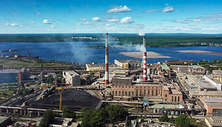
KONDOPOGA PULP&PAPER MILL, KARELIA REGION, RUSSIAN FEDERATION
-
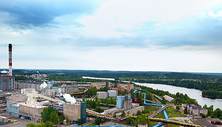
SVYATOGORSK PULP&PAPER MILL, LENINGRAD REGION, RUSSIAN FEDERATION
-
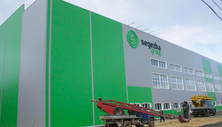
SEGEZHA PULP&PAPER MILL, KARELIA REGION, RUSSIAN FEDERATION
-
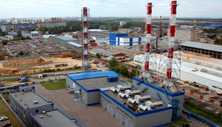
OLGINO HEAT&POWER PLANT, BALASHIKHA, MOSCOW REGION, RUSSIAN FEDERATION
-
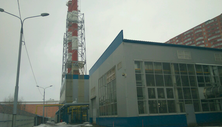
KRASNOSELSKAYA NO.6 BOILER HOUSE, TORIKI AREA, ST.PETERSBURG
-
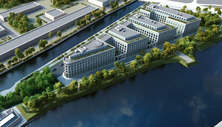
SEA RESIDENCE OFFICE COMPLEX, ST.PETERSURG
-
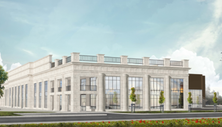
MULTIPURPOSE CENTRE WITH SKATING AREA, ASTRAKHAN, RUSSIAN FEDERATION
-
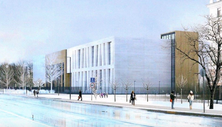
SECONDARY SCHOOL AT KRESTOVSKY ISLAND, ST. PETERSBURG
-
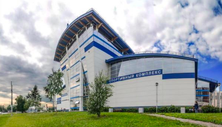
SPORT AND RECREATION CENTER AT TIKHVIN, LENINGRAD REGION, RUSSIAN FEDERATION
-
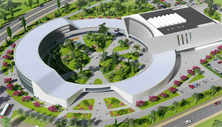
INTERNATIONAL CENTRE OF RHYTHMIC GYMNASTICS, SOCHI, RUSSIAN FEDERATION
-
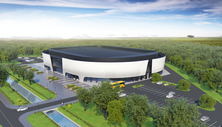
ICE PALACE, TULA CITY, RUSSIAN FEDERATION
-
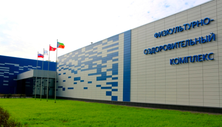
SPORT AND RECREATION CENTRE AT KLINTSY, BRYANSK AREA, RUSSIAN FEDERATION
-
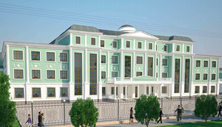
SECONDARY SCHOOL WITH SPORT FACILITIES AT BISHKEK, REPUBLIC OF KYRGYZSTAN
-
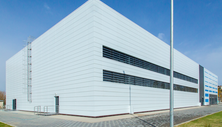
SPORT AND RECREATION CENTRE AT KYZYL-KIYA, REPUBLIC OF KYRGYZSTAN
-
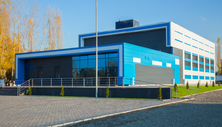
SPORT AND RECREATION CENTRE AT OSH, REPUBLIC OF KYRGYZSTAN
-
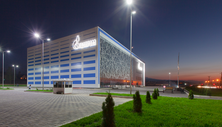
SPORT AND RECREATION CENTRE AT BISHKEK, REPUBLIC OF KYRGYZSTAN
-
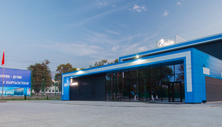
SPORT AND RECREATION CENTRE AT ARASHAN, CHUYSKAYA AREA, REPUBLIC OF KYRGYZSTAN
-
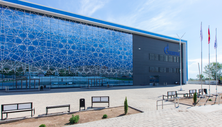
SPORT AND RECREATION CENTRE AT BAKTUU-DOLONOTU, ISSYK-KUL AREA, REPUBLIC OF KYRGYZSTAN
-
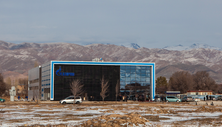
SPORT AND RECREATION CENTRE AT TALAS, REPUBLIC OF KYRGYZSTAN
-
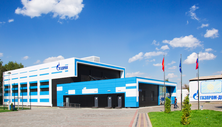
SPORT AND RECREATION CENTRE AT KARA-SUU, OSH AREA, REPUBLIC OF KYRGYZSTAN
-
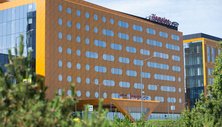
Hampton by Hilton Saint-Petersburg ExpoForum Hotel
-
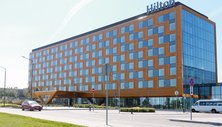
Hilton Saint-Petersburg ExpoForum Hotel
-
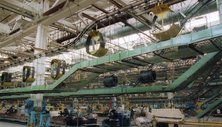
Belshina Belorussian industrial tire complex
-
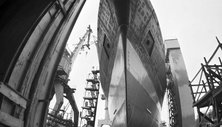
Nikolaev shipbuilding plant
-
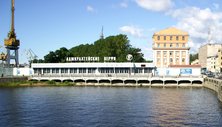
Admiralty plant
-
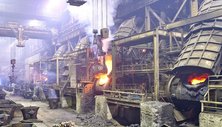
Norilsk mining-and-metallurgical integrated works
-
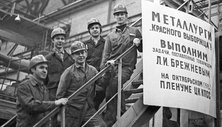
Krasny Vyborjets plant
-

Arkhangelsk self-contained paper mill
-
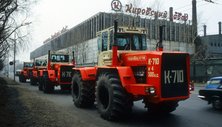
Kirov Plant
-
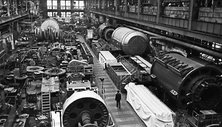
Electrosila
-
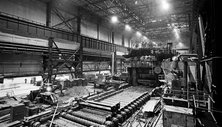
Izhorsky plant
-
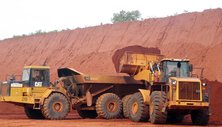
Katoka mining society
-
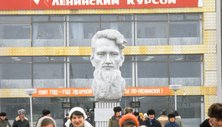
Atommash
-
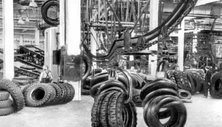
Dnepropetrovsk tyre plant
-
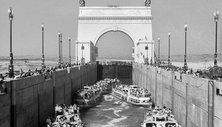
Sluices of the Volga-Don channel
-
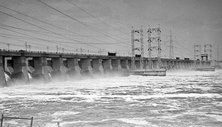
Volzhskaya hydroelectric power station
-
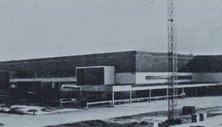
Shipyard in Loksa City, Estonia
-
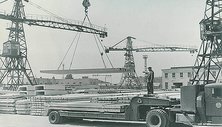
Leningrad reinforced-concrete plant No. 5
-
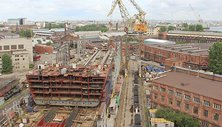
Baltic plant, Leningrad
-
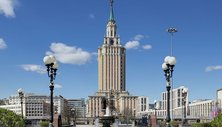
Leningradskaya Hotel
-
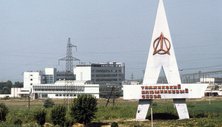
Tajik aluminum plant
-
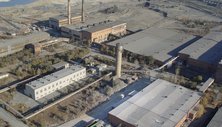
Gai ore mining and processing industrial complex
-
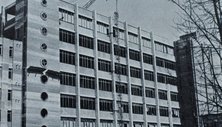
Labor banner plant named after Lepse
-
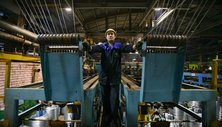
Cherepovets steel-rolling works
-
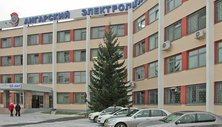
Angarsk electrolysis chemical industrial complex
-
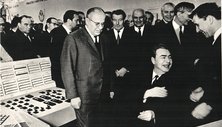
Vibrator plant
-
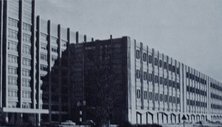
Neva furniture industrial complex
-
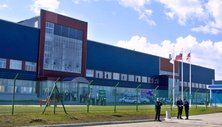
Ford auto-assembly plant
-
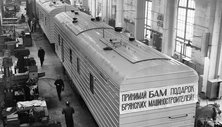
Bryansk machine-engineering plant
-
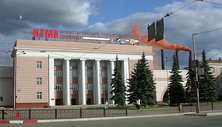
Nizhnetagilsky metallurgical industrial complex

